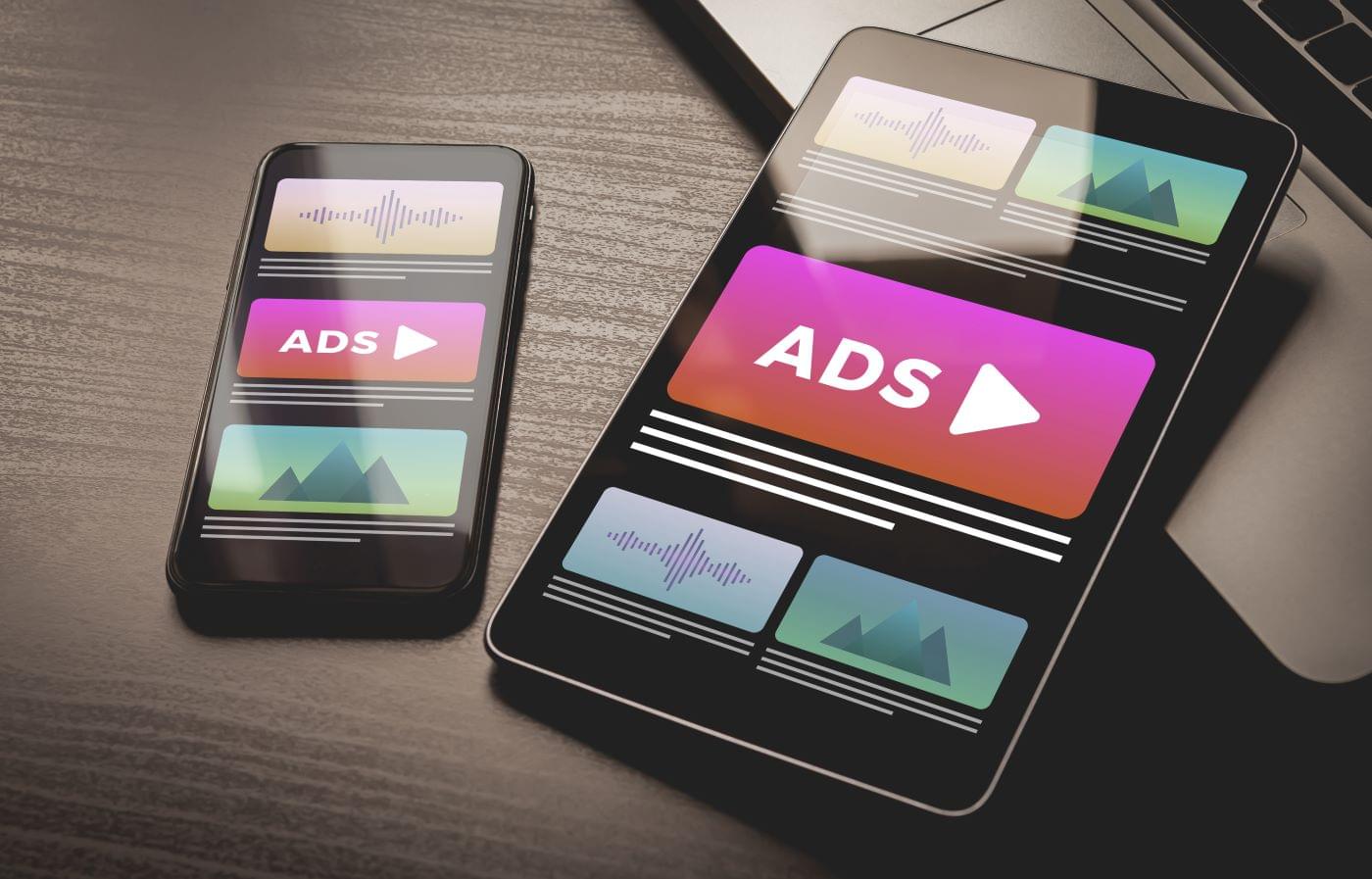
Native ads for your advertising strategy
Is there an ad format that excels at promoting a product but does not irritate the audience? Yes, and this is native advertising in a nutshell. These ads perfectly blend in with the content and the design of the page, so that users feel like the ads are a natural part of it all. In this article, we discuss how you as a marketer can create such a feeling of cohesion, and how you benefit from it. Also, where to find native ad inventory and what verticals work best with this format.
Go natural

Native advertising is the most natural kind of ads you may find online. It is natural to viewers because these ads blend in with the surrounding content and create a smooth user experience. Such an approach has several benefits:
- There is less ad fatigue (or banner blindness) because the users don’t get distracted and irritated by flashy banners or obvious selling propositions.
- Native ads have a higher degree of trust. Paradoxically, they stand out from a sea of other ads by being unobtrusive. Statistically, native ads get at least 53% more views than other kinds, and 87% of consumers prefer native ads to display ads (according to Outbrain).
- Native ads are surrounded by perfectly suitable content and do not appear on random spots. This means that users that see native ads are most likely already interested in the product.
- Native ads help drive user engagement because they add to the content of the page, not distract from it. The average CTR of native ads is 8 times higher than with display ads.
Offer verticals
The only hiccup of native advertising is its cost. Due to such a high performance, it will suit high-yielding verticals such as iGaming, dating, nutra, and e-commerce. Most of these verticals are so-called evergreen, which means that you have a decent chance of making a profit even if native ads cost more than display ones.
Traffic sources
There is a slew of ad networks that have native ads in their inventory. Navigate to the guide section of the respective network to find out more about the registration and available ad formats. And if you are baffled by the choice, don’t hesitate to reach out to Yep Ads affiliate managers! Let’s discuss some of these networks in greater detail.
Taboola
One of the most popular native ad platforms that provides marketers with access to vast audiences and granular targeting. Ad formats include in-feed posts, widgets, and blog posts.
- 1.4 billion unique users every month
- Big volumes of traffic from Tier 1 countries such as the US, UK, Japan, and France
- Easy 3-step registration process. Check out the Taboola guide for instructions
- Billing options include automatic billing ($100), monthly invoice billing with a credit limit, and prepayment billing
Outbrain
Another ad network for your native campaigns. Outbrain offers a big toolbox that allows you to take your marketing activities to a new level. You will find widgets and content recommendations, and also video, text, and image ads in the inventory.
- 1.2 billion users monthly
- 290 billion monthly impressions
- 55+ countries
- Minimum campaign spend is $20 daily
- Minimum CPC is $0.03. However, the platform’s managers suggest setting a bid higher than that: $0.80–$1.00 for desktop and $0.40–$0.60 for mobile
MGID
This ad network has such targeting options as GEO, browser, language, OS, mobile connection. Such features as dynamic retargeting will also be useful for your native campaigns.
- 850+ million unique visitors monthly
- Minimum deposit is $100
- Minimum PPC for Tier 1 countries is $0.015
- Granular campaign set-up
- Easier approval process than with Taboola and Outbrain: MGID has a slightly more relaxed approach to guidelines
Native advertising can take many forms, and these include search ads and ads on social networks.
Search ads with sponsored search results are a good choice for most nutra, e-commerce, and lead gen ad campaigns. Native search traffic is organic, but search engines like Google support sponsored placements that appear on top of search results and attract user attention. Such ads can have only text or also feature a picture, e.g. a product card in Google Shopping.
Social networks have several native ad formats, for example, in-feed posts and carousel galleries. Most social networks are like a giant news feed, and placing your ads in-between posts is a great idea. They blend in with the general style and vibe of the platform, and it is especially cool if you use UGC (user-generated content) creatives. Such ads can be static, animated, video, and interactive (gamified).
Tips and cues

✓ The biggest cue with native ads is, not surprisingly, to go with the theme of the surrounding content. The important nuance is not only to tune in with the idea but also with the style and color palette.
✓ It is wise to follow creative trends that will help you highlight new approaches and angles that allow you to embed your ads as well as possible. To do that, take advantage of spy tools – some of them specialize in native ads, for example, AdPlexity, Anstrex, or PowerAdSpy. Besides, there are multiple available ad libraries, e.g. Facebook Ad Library. Also, take a look at blogs by big native ad networks, for instance, Taboola shares many creative insights.
✓ Pay more attention to native ads if you run mobile campaigns. Over the last few years, native spending on mobile increased several times.
✓ Consider the exact placement of the ad and adjust the size and format of your creative and text: paid search is very different from in-feed posts.
✓ Use ad labels. Even if native ads are virtually invisible, they still have certain markings of paid advertising (sponsored, suggested by, recommended content, etc.). This keeps you within the guidelines and also allows users to see that this “perfectly natural piece of content” is actually clickable.
✓ Use engaging formats like tutorials, quizzes, calculators, and how-to articles. They provide both value and entertainment for users.
✓ Mention numbers and statistics. Price, quantity, size, poll data – all these make your campaign look more credible.
✓ Be patient – your native campaigns need some time to warm up and start driving conversions.
✗ Do not be deceptive, misleading is bad for any kind of campaign, but with native ads, it undermines the main point of the format. So, no exaggerated headlines and before/after looks.
✗ Do not use stock images, they are the easiest to find, but they don’t look natural.
✗ Do not go on a shoestring budget for testing, because low bids won’t let the traffic in while you would assume that the campaign flow is not working for you.
Conclusion

Cleaning woman, phone or shoes service on social media advertising, small business promotion or pho.
Today, the Internet is over-saturated with advertising. Even if we discard flashy animated banners that make your eyes water, most ads are too obvious and usually do not match the main content of the page (mostly by courtesy of cross-platform retargeting). With such a background, native ads are seen by users as a valuable addition to content and not as a distraction.
Native ads are characterized by softer promotional approaches, they contribute to a higher degree of brand affinity and help in forming purchase intent. They have many benefits but are not a magic pill to achieve all of your campaign goals. Split-test, analyze, and act wisely, in the meanwhile the Yep Ads team will be happy to assist you!
